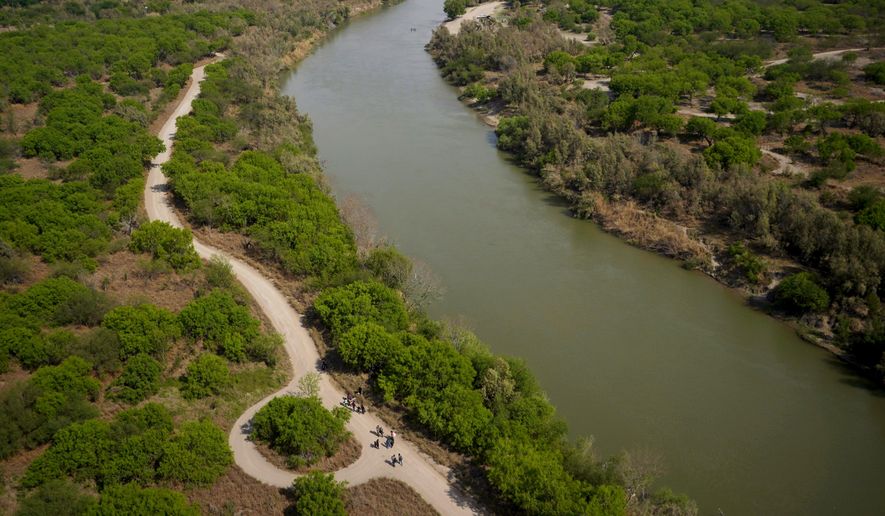The Biden administration may have succeeded in dealing with one problem created by the border surge of Central American migrants, the first crisis of his new presidency.
The number of unaccompanied migrant kids being held by the U.S. Border Patrol reportedly has dropped dramatically since late March, when border facilities were overwhelmed and images of crammed holding cells forced the administration to build makeshift shelters elsewhere.
There have been other important developments since History As It Happens tackled immigration in late March in The Border Surge.
President Biden this week raised the annual cap on refugees to more than four times the total established by the Trump administration. And he called on Congress to pass comprehensive immigration reform that would bolster border security while providing a path to citizenship to many of the estimated 12 million people living in the country illegally.
But if you step away from the daily headlines and avert your eyes from the border for a moment, you will see that the underlying problems have not been resolved. Some may even be intractable.
In this episode, Ithaca College professor emeritus Paul McBride, a specialist in immigration history, said the way many Americans, from political leaders to ordinary citizens, view Central American migration misses some important realities and produces misplaced confidence in ineffective remedies, such as a border wall.
“This 2,000-mile border stretches through mountains and wilderness. On the Texas border it follows 1,200 miles of the Rio Grande river. If you flew over that river, you would see it doubles back on itself, it curves and changes its course after major flooding seasons … and large parts of the land on the American side are owned by ranchers,” said Mr. McBride, citing a few reasons why wall construction would encounter myriad obstacles even if there were enough money to build one across the entire border.
Mr. McBride notes that about 80% of the people living in the U.S. illegally arrived legally but have since overstayed their documentation, and many came to work in high-paying medical and technological fields — undermining the notion that the problem is caused by hordes of poor migrants wading across the Rio Grande.
“Even if we were able to build a wall that would seal the border completely, that couldn’t be tunneled under or laddered over, we wouldn’t address 80% of the undocumented immigrant issue,” Mr. McBride said.
For more of Mr. McBride’s observations on what immigrants, legal and illegal, contribute economically to the U.S., and on the historical roots of nativism going back to the Dillingham Commission of 1907, listen to this episode of “History As It Happens.”




